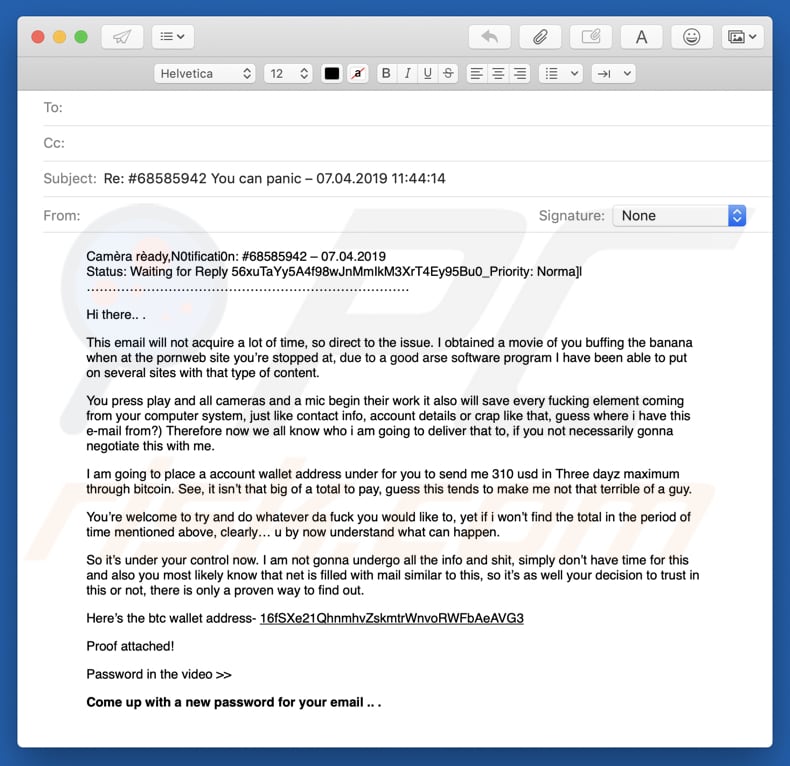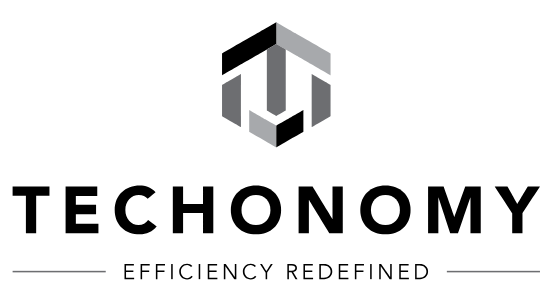– Higher liquidity risk than other fixed-income securities, as home equity loan ABS are less traded and more complex than other mortgage-backed securities, and may have limited sector people and price transparency. This may make it difficult for investors to buy or sell the securities at a fair price, or to hedge their positions.
HELOC Stomach features a diminished risk and come back than house collateral mortgage Abs, just like the root

– The type of underlying finance. Household collateral mortgage Stomach is actually backed by closed-avoid funds, which have a fixed amount, interest, and you will readiness day. HELOC Abs is actually backed by discover-avoid money, with a changeable matter, rate of interest, and you will readiness date, with respect to the borrower’s usage plus the lender’s terminology.
– The bucks move of the securities. Domestic security financing Stomach has a far more foreseeable and you may stable cash disperse, given that principal and you may attention payments from the fundamental money try repaired and you will understood beforehand. HELOC Stomach enjoys an even more undecided and you may variable earnings, because the dominant and you will attention payments regarding the hidden money count for the payday loans without bank account in Jupiter Farms borrower’s drawdowns, costs, and you may interest rate transform.
– The risk and return of the securities. Home equity loan ABS have a higher risk and return than HELOC ABS, as the underlying loans have higher interest rates, lower credit quality, and higher prepayment risk. loans provides lower attention rates, higher credit quality, and lower prepayment risk.
Family security mortgage Stomach and HELOC Stomach try comparable in that both are supported by domestic guarantee loans, nonetheless have some secret variations, particularly:
Talking about a few of the head regions of domestic security mortgage Abs one people should be aware of. Domestic security loan Stomach is actually a complex and you will high-risk kind of fixed-earnings safeguards, even so they may also give attractive output and you will variation advantages to traders who are ready to accept the challenges and concerns of root fund.
One of the most well-known sorts of investment-recognized securities (ABS) are the ones supported by domestic guarantee loans otherwise lines of credit. Talking about finance otherwise credit institution that allow residents so you’re able to obtain currency against the worth of their house. Yet not, not absolutely all household equity Abdominal muscles are exactly the same. You’ll find high differences when considering household equity personal line of credit Abs (HELOC Abs) and house guarantee loan Stomach (HEL Abdominal muscles) that dealers should know. In this area, we’ll speak about these types of differences in addition to their implications toward overall performance, exposure, and you will valuation of these securities.
1. The nature of the underlying loans or credit facilities. HELs are fixed-term, fixed-rate loans that are fully amortized over a specified period. HELOCs are revolving credit facilities that allow borrowers to draw, repay, and redraw funds as needed, up to a certain limit. HELOCs typically have variable interest rates that are tied to an index such as the prime rate or LIBOR. HELOCs also have a draw period, usually 5 to 10 years, during which borrowers can access the funds, and a repayment period, usually 10 to 20 years, during which borrowers have to repay the principal and interest.
2. The prepayment and default behavior of the borrowers. HEL borrowers tend to prepay their loans faster than HELOC borrowers, especially when interest rates decline or home prices appreciate. This is because HEL borrowers can refinance their loans at lower rates or cash out their home equity by taking out a new loan. HELOC borrowers, on the other hand, tend to prepay their credit facilities slower than HEL borrowers, because they have more flexibility and convenience in accessing their funds. HELOC borrowers also tend to default less than HEL borrowers, because they have lower monthly installments and certainly will use its credit facilities to cover their expenses in case of financial hardship. However, HELOC borrowers may default more in the long run, especially if interest rates go up or home prices decline, which could reduce their equity cushion and increase their debt burden.
